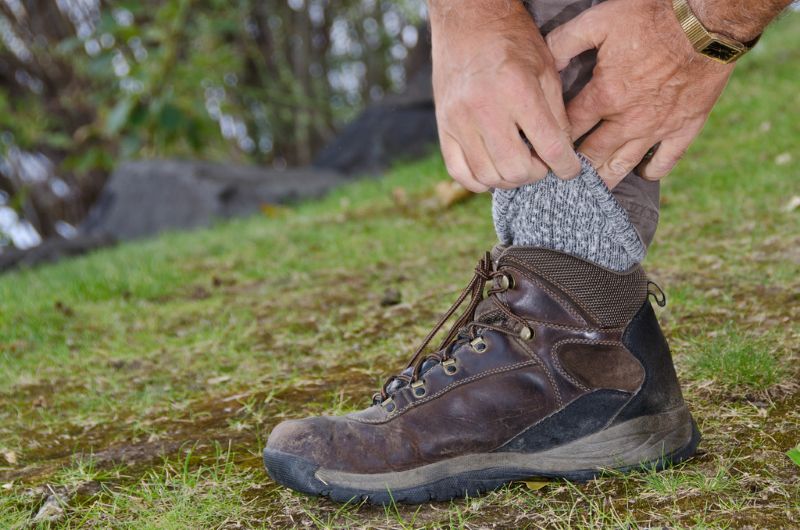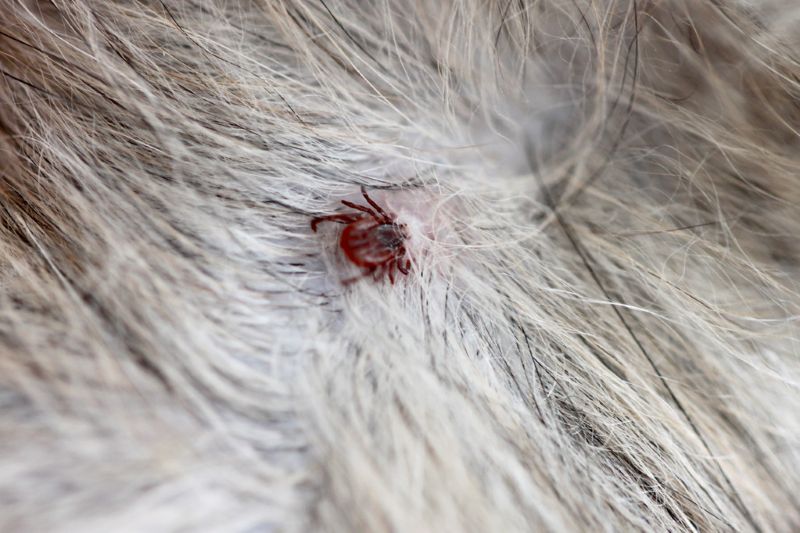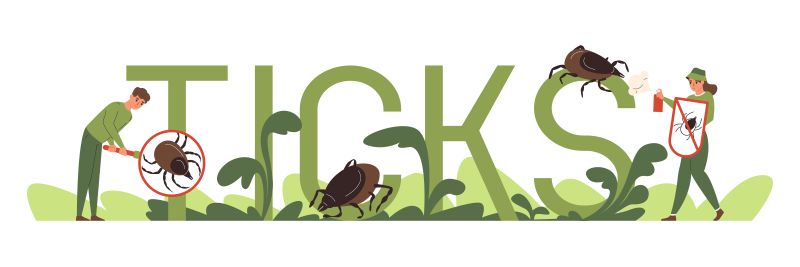5 min read
985 words
Eastern Ontario is currently grappling with an alarming surge in its tick population, leading to a significant increase in Lyme disease cases. Public Health Ontario’s recent report indicating 186 confirmed cases of Lyme disease in the southeast and eastern regions of the province serves as a wake-up call for residents and health officials alike. This article delves into the factors contributing to this tick boom, the implications for public health, and proactive measures that can be taken to mitigate risks.
Understanding the Surge in Tick Population
Environmental Factors Contributing to Tick Activity
Several environmental factors have led to an explosion in the tick population in Eastern Ontario. Warmer temperatures, increased humidity, and extended growing seasons have created ideal conditions for ticks to thrive. These arachnids prefer moist environments, and as climate patterns shift, areas that were previously inhospitable to ticks are becoming more accommodating.
Moreover, changes in land use, including urban sprawl and reforestation, have contributed to the rise in tick habitats. Ticks are often found in forested areas, but they can also thrive in overgrown gardens, tall grass, and shrubs. As more people encroach on these natural settings for recreation, the likelihood of encountering ticks increases, thereby escalating the risk of Lyme disease transmission.
The Impact of Wildlife on Tick Populations
The role of wildlife in the tick population dynamics cannot be overlooked. Animals such as deer, mice, and birds are integral to the tick life cycle. As deer populations have rebounded in Eastern Ontario, they provide a consistent host for adult ticks, allowing them to breed and expand their territories. Additionally, small rodents like mice serve as crucial hosts for juvenile ticks, facilitating the spread of Lyme disease pathogens within the tick population.
As the interactions between wildlife and tick populations intensify, the risk of Lyme disease’s transmission to humans also escalates. When humans venture into areas inhabited by these animals, the likelihood of tick bites and subsequent disease transmission increases dramatically.
The Alarming Rise of Lyme Disease Cases
Statistical Overview and Implications
The staggering figure of 186 confirmed cases of Lyme disease in Eastern Ontario this year alone represents more than half of all reported cases across the province. This disproportionality highlights an urgent public health concern, particularly for the residents of the region extending from Prince Edward County to the Quebec border, including the Ottawa area.
The increase in Lyme disease cases can have profound implications for public health systems. Lyme disease, caused by the Borrelia bacteria transmitted through tick bites, can lead to severe health complications if left untreated. Symptoms can range from fever and fatigue to more severe manifestations, including neurological disorders and chronic joint pain.
With the current trajectory of tick population growth and rising Lyme disease cases, there is an urgent need for enhanced surveillance and public health initiatives. These must include increased educational outreach, improved healthcare resources, and effective community engagement to equip residents with the knowledge necessary to protect themselves.
Public Health Ontario’s Response
In response to the alarming rise in Lyme disease cases, Public Health Ontario has stepped up its monitoring and response efforts. This includes regular updates on tick activity in the region, offering guidance on prevention strategies, and collaborating with local health units to conduct awareness campaigns.
Public Health Ontario also emphasizes the importance of early detection and treatment. Providing residents with accurate information—such as recognizing the signs and symptoms of Lyme disease and understanding the efficacy of antibiotics in treatment—is critical in preventing complications associated with untreated cases.
Proactive Prevention Strategies for Residents

Personal Protective Measures
As outdoor activities become more popular with the arrival of warmer weather, it is crucial for residents to take personal protective measures against ticks. Here are some key strategies:
- Clothing: Wearing long sleeves and pants, ideally made of light-colored, tightly woven fabric, can help reduce the chances of tick bites. Consider tucking pants into socks to create a barrier.
- Repellents: Use insect repellents containing DEET, picaridin, or IR3535 on exposed skin and clothing. Always follow the manufacturer’s instructions for safe use.
- Tick Checks: After spending time outdoors, conduct thorough tick checks on yourself, children, and pets. Pay special attention to areas like the scalp, armpits, groin, and behind the knees where ticks are more likely to attach.
- Removing Ticks: If a tick is found, it should be removed promptly using fine-tipped tweezers. Grasp the tick as close to the skin’s surface as possible and pull upward with steady, even pressure. Clean the bite area and your hands afterward.
Community Awareness and Education
Community awareness and education are crucial to addressing the tick population and Lyme disease threat. Local health units should prioritize educational outreach initiatives aimed at informing residents about the risks of Lyme disease and the importance of preventative measures. Workshops, information sessions, and distribution of educational materials in community centers and schools can foster a more informed public.
Additionally, collaboration with outdoor organizations—such as hiking clubs, sports leagues, and schools—can facilitate broader engagement in prevention efforts. By sharing knowledge and implementing preventive strategies collectively, communities can reduce their risk of Lyme disease.
Veterinary Care for Pets

Pets can also be affected by ticks and, in turn, pose a risk to human health. It is essential for pet owners to take preventive action by using veterinarian-recommended tick control products. Regularly checking pets for ticks after outdoor activities is critical, as they can carry ticks into the home and increase exposure to humans.
Conclusion
The unprecedented rise in tick populations in Eastern Ontario, alongside the alarming increase in Lyme disease cases, underscores a pressing public health concern. By understanding the environmental factors driving this surge and implementing proactive prevention strategies, residents can better equip themselves against this threat. Increased awareness, education, and community engagement will be pivotal in safeguarding the health and well-being of those living in this geographically vulnerable region as outdoor activities beckon in the warmer months ahead.

Please be careful and do your tick checks.
DEET is no longer recommended to use to repell ticks.